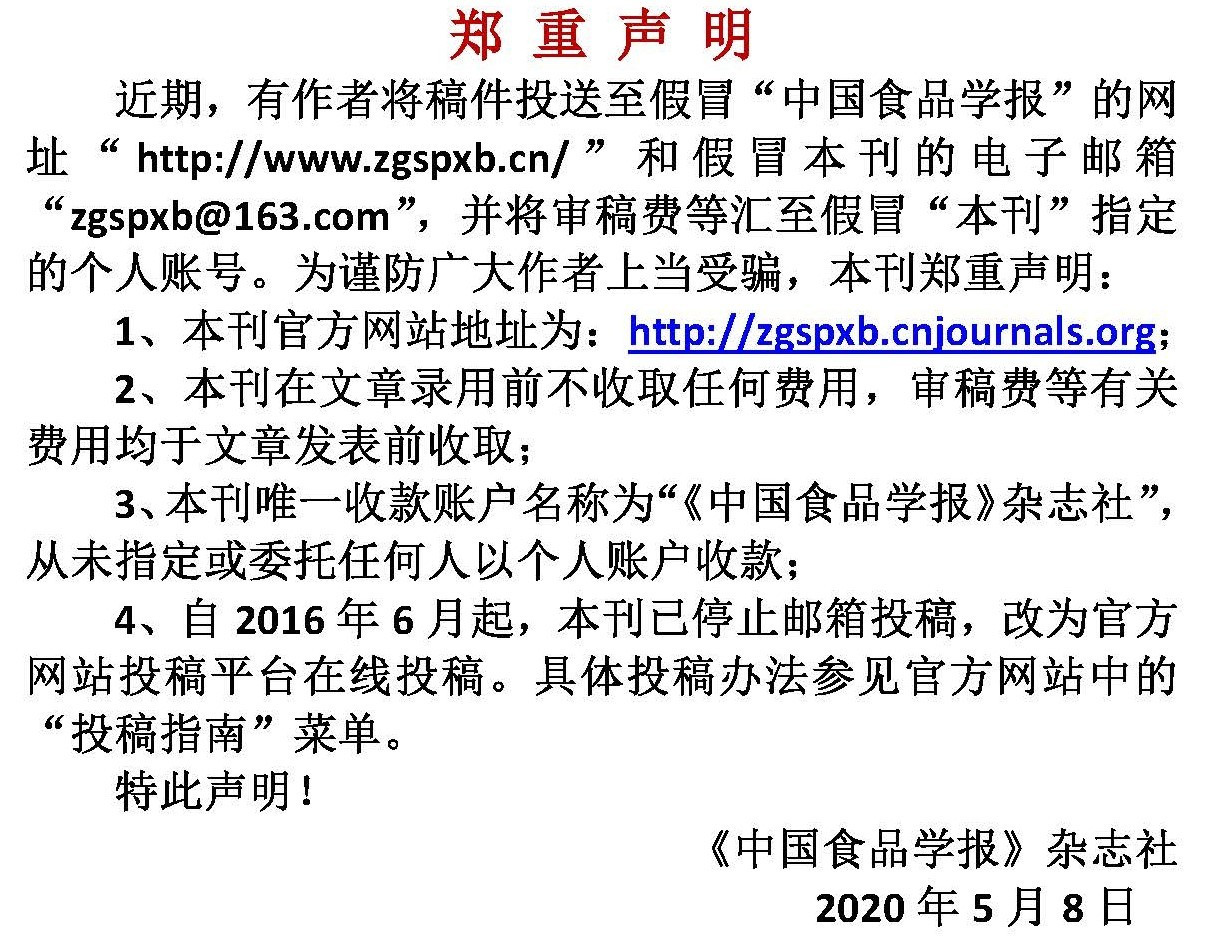基于脑电图(EEG)技术探究大脑对柑橘风味的感知反应
作者:
作者单位:
(1.浙江大学生物系统工程与食品科学学院 智能食品加工技术与装备国家地方联合工程研究中心全省食用农产品资源挖掘与高值利用重点实验室 杭州 310058;2.浙江大学中原研究院 郑州 450000;3.浙江大学长三角智慧绿洲创新中心 浙江嘉善 314100)
作者简介:
通讯作者:
中图分类号:
基金项目:
国家自然科学基金面上项目(32172334)
Exploring the Brain's Perceptual Responses to Citrus Flavors Using Electroencephalography (EEG)
Author:
Affiliation:
(1.College of Biosystems Engineering and Food Science, National-Local Joint Engineering Research Center of Intelligent Food Technology and Equipment, Zhejiang Key Laboratory of Agro-food Resources and High-value Utilization, Hangzhou 310058;2.Zhejiang University Zhongyuan Institute, Zhengzhou 450000;3.Yangtze River Delta Smart Oasis Innovation Center, Zhejiang University, Jiashan 314100, Zhejiang)
Fund Project:
引用本文
程焕,赵前,刘东红,叶兴乾.基于脑电图(EEG)技术探究大脑对柑橘风味的感知反应[J].中国食品学报,2025,25(3):1-11
复制相关视频
分享
文章指标
- 点击次数:
- 下载次数:
- HTML阅读次数:
历史
- 收稿日期:2024-12-31
- 最后修改日期:
- 录用日期:
- 在线发布日期: 2025-05-23
- 出版日期:
文章二维码

版权所有 :《中国食品学报》杂志社 京ICP备09084417号-4
地址 :北京市海淀区阜成路北三街8号9层 邮政编码 :100048
电话 :010-65223596 65265375 电子邮箱 :chinaspxb@vip.163.com
技术支持:北京勤云科技发展有限公司
地址 :北京市海淀区阜成路北三街8号9层 邮政编码 :100048
电话 :010-65223596 65265375 电子邮箱 :chinaspxb@vip.163.com
技术支持:北京勤云科技发展有限公司
